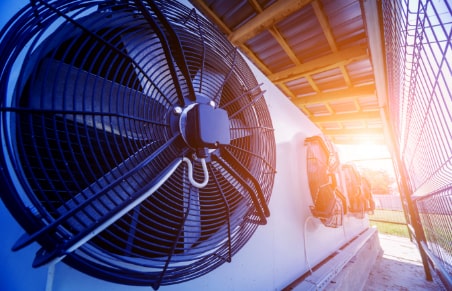USEPA Stipulates 4 Steps to Take If UV Lamps Break
UV lamps have found a lot of applications in different industrial sectors. Used primarily as a surface disinfectant, UV lamps have since then been used for the disinfection of water and air too.
One of the major applications of UV lamps is wastewater treatment and disinfection of drinking water. Using UV light for disinfection of water offers several benefits including killing several viral and bacterial contaminants that can’t be killed with chlorine alone.

However, using UV lamps for the disinfection of water has a major risk. What if the UV lamp breaks while it is online or offline?
Most UV lamps have elemental mercury. Vaporization of this elemental mercury generates UV light for disinfection. And if a UV lamp breaks while the water disinfection system is online and offline, this elemental mercury will be released into the water. And this can be highly hazardous in the long run.
So, what do you do if a UV lamp breaks?
Before we tell you the steps to take, we want you to know that the breakage of UV lamps is a rare incident. Since manufacturers follow strict guidelines to make UV lamps, the chances of breaking them are low. However, there are a few reasons why UV lamps can break.
- Failure of an electric component or unexpected power surges.
- Manufacturer defects
- Handling defects
- Damage due to other debris
- Wrong UV lamp orientation
- Differences in pressure or temperature fluctuations
- Error in operation
Here are 4 steps to take if UV lamps break while being online or offline. These steps are stipulated by the USEPA to reduce the chances of mercury poisoning.
Step1: Immediate containment procedure specific to the site
This step includes shutting down the UV system immediately. Make sure to close any upstream and downstream valves to prevent the leak of mercury in the water.
Step2: Sampling of mercury and monitoring compliance
Before the water is supplied to the first customer, it is important to sample the water for the presence of mercury to ensure compliance with the standards. Mercury sampling must be done based on factors such as detention time, flow rate, the possibility of mercury settlement in specific areas of the system, travel time, and more.

Step3: Clean the site following strict procedures
The site and associated areas must be cleaned following the standard mercury cleaning procedures. This must include the testing of the presence of mercury in air, surface, and water. It must also include the disposal of contaminated water or any condensed mercury.
The site cleanup must be done by a water system staff, or a team contracted by the hazardous chemical cleanup company. The site can also be cleaned using the Federal and state cleaning staff.
Step4: Report to the governance
Finally, the whole incident and the containment procedure must be reported to the state or local governance. The report must provide insight into the reason for the incident, the steps to contain the mercury contamination, and the cleanup procedure used.
Bottom Line
Although the breaking of UV lamps is a rare incident, knowing the steps to clean up and reduce the chances of contamination is essential to maintain health and safety.
At Light Spectrum Enterprises, Inc., we follow strict manufacturing guidelines for UV lamps ensuring they don’t break due to any issues. Our OEM services are highly standardized and ensure you get the best UV lamps and associated products.
Contact us now to find out more.

